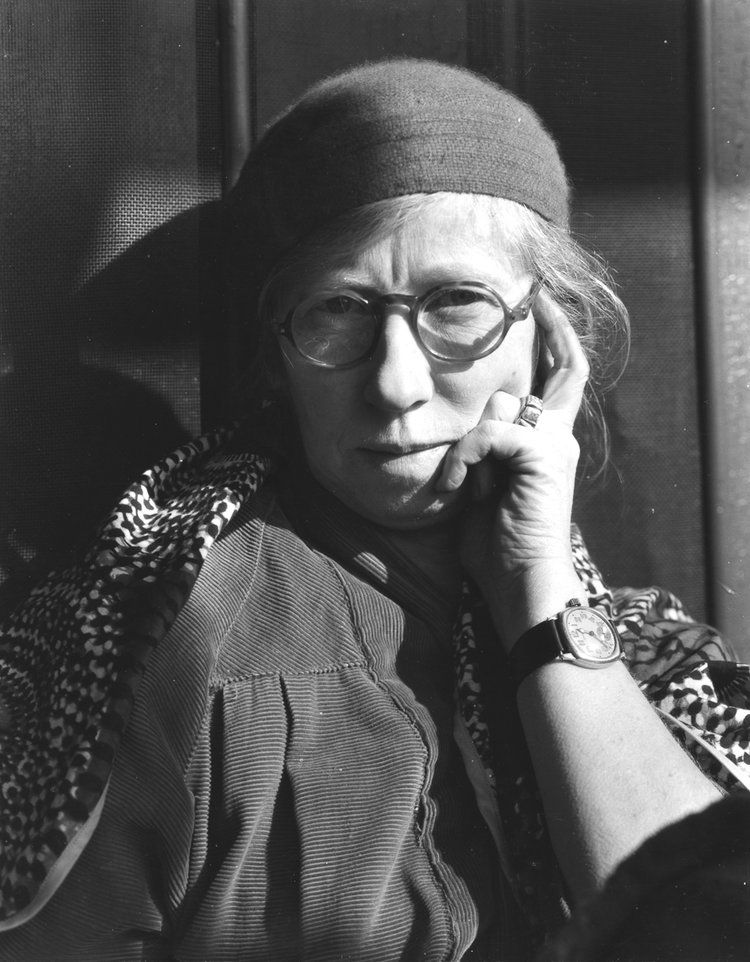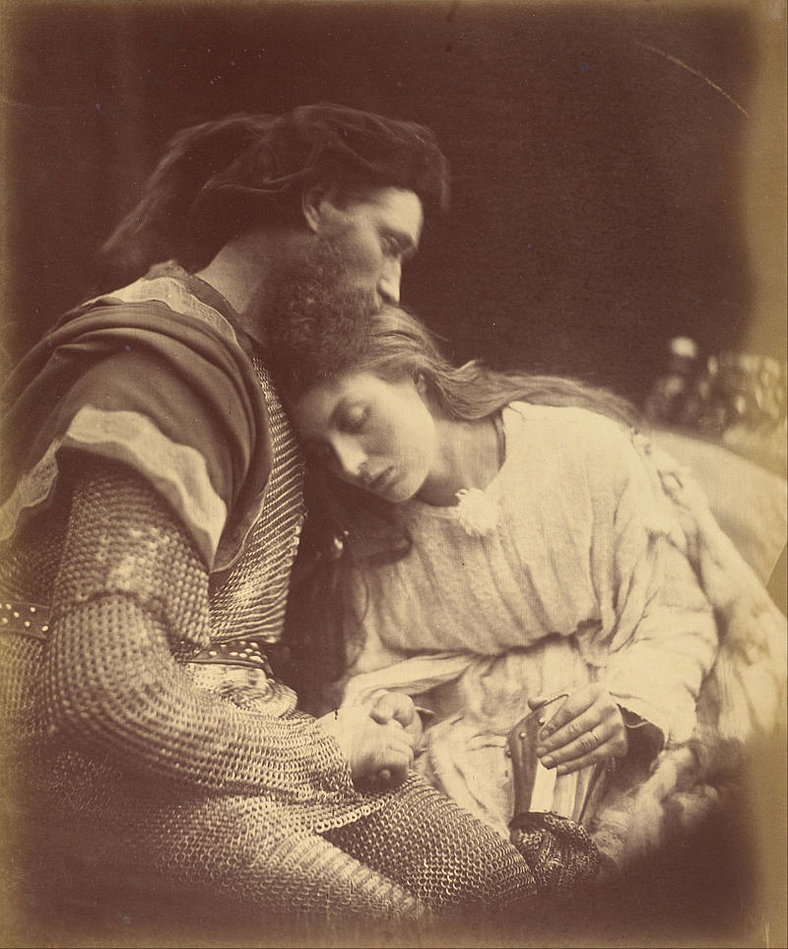Five women photographers born in the 19th century you should know about
Photography as we understand it today was only a few decades old when this women took on the newly discovered art form and made a name for themselves.
Imogen Cunningham (1883–1976)
She is best known for her portraits, nudes and botanical photography. In 1902, while a student in Seattle, she purchased her first camera and started to teach herself photography. After graduating with a degree in Chemistry she used a grant received from her sorority to study photographic chemistry in Dresden. Returning home she made a detour in New York where she met Gertrude Käsebier who encouraged Imogen to open her own studio in Seattle.

Shortly after opening her studio, the Seattle news-paper Town Crier published the nude pictures of her husband taken by Imogen on Mount Rainier. She was the first woman photographer in history to take and publish a nude picture of a man. Although people were scandalized it didn’t damage her career, her studio became acclaimed for portraiture and pictorial work.

Her family moved to California and there — confined to her house by motherhood — she started taking pictures of her garden, especially of her magnolias. Resembling Georgia O’Keefe painting, her botanical close-ups show the sensuality and tenderness of nature.

At the age of 93 she was working on a collection of portraits. The album was published after her death, in 1976 under the name After Ninety and depicts people who are over 90 years old. The last picture in the book is that of her father. More of her work here.

Julia Margaret Cameron (1815–1879)

After showing interest in photography, she was given a photo camera from her daughter as a Christmas present. She converted the family’s chicken coop in her photo studio and started to learn the art of photography. The chickens were liberated and in their place authors, poets, scientists would enter the coop, sitting still, in dream-like setups, for Julia Margaret Cameron to immortalize them.

Both in subject and compositon, her photographs resemble the works of Raphael and Titian. Depicting Bible stories and allegories, Julia Margaret Cameron’s pictures could easily be confused with stills from old cinematic masterpieces or a theatre group posing in their costumes.


In October, 1873, Julia Margaret Cameron left England for Sri Lanka. She was moving there to be with her two sons, who were managing the family’s coffee plantation. The move marked the end of her photographic career.
A digitalized book with all her photographic work can be found on archive.org, a photo gallery here
Gertrude Käsebier (1853–1934)
At age 37 she started studying art, moved her family to Brooklyn so she could attend The Pratt Institute of Design and travelled to Europe, learning from French artists.

In 1898 she saw Buffalo Bill’s Wild West parade marching through New York. She immediately wrote to Buffalo Bill, requesting to take pictures of the Native Americans who were part of the parade.

Gertrude Käsebier was the first woman in the US to own a photo studio. Her work was praised by critics and was commercially successful. One of her pictures, The Manger, sold for 100$, a record number at that time.

She encouraged women to take on photography as it is “especially adapted to them, and the few who have entered it are meeting a gratifying and profitable success.” and was an inspiration for many successful women photographers. In 1929 she was given a solo exhibition at the Brooklynn Institute of Art and Science. She died five years later, in 1934. More of her artwork can be found here.
Frances B. Johnston (1864–1952)
She was not keen on bending to the gender norms at that time, was a robust drinking partner and, according to one of the men with whom she escaped an attack by white supremacist was “the pluckiest woman I ever saw”.

Called the “Photographer of the American Court”, her photo studio in Washington DC was visited by the country’s elite. Her clients included Mark Twain, Susan B. Anthony and five presidents and their families.

She was one of the firsts photojournalists in the US, her body of work including pictures of miners and female factory workers. She is remembered mainly for her photographs of the Hampton Normal and Agricultural Institute in Virginia, established for the education of newly freed slaves.

Frances B. Johnson never married and beside a tumultuous affair with a married woman, spent most of her life as a single woman. More of her artwork here.
Cristina Broom (1862–1939)
After her husband got paralyzed in an accident, Christina Broom had no other option than to become the main breadwinner of the family. She borrowed a camera from a friend, taught herself the art of photography and started to sell her work as postcards. She was 40 years old.

When brave women took the streets of London, demanding the right to vote, Cristina Boom was there, photographing them. She and her camera were present at all main events of the suffrage movement, carrying her tripod and heavy camera through packed crowds. Not an easy task when you are only five feet tall.

By 1914, when World War I began, she was selling her pictures to news papers and magazines. Being the official photographer of the Household Division (England’s most elite and famous military unit), she took countless photographs of solders during the war, many of whom she was friends with.

She died in 1939, leaving behind 40,000 images.

















Comentarii
Trimiteți un comentariu